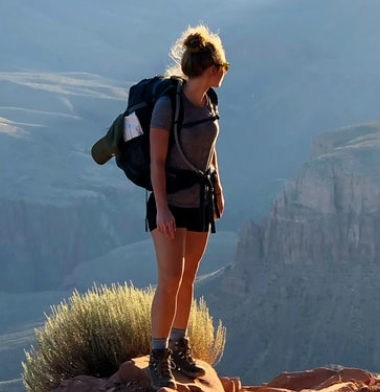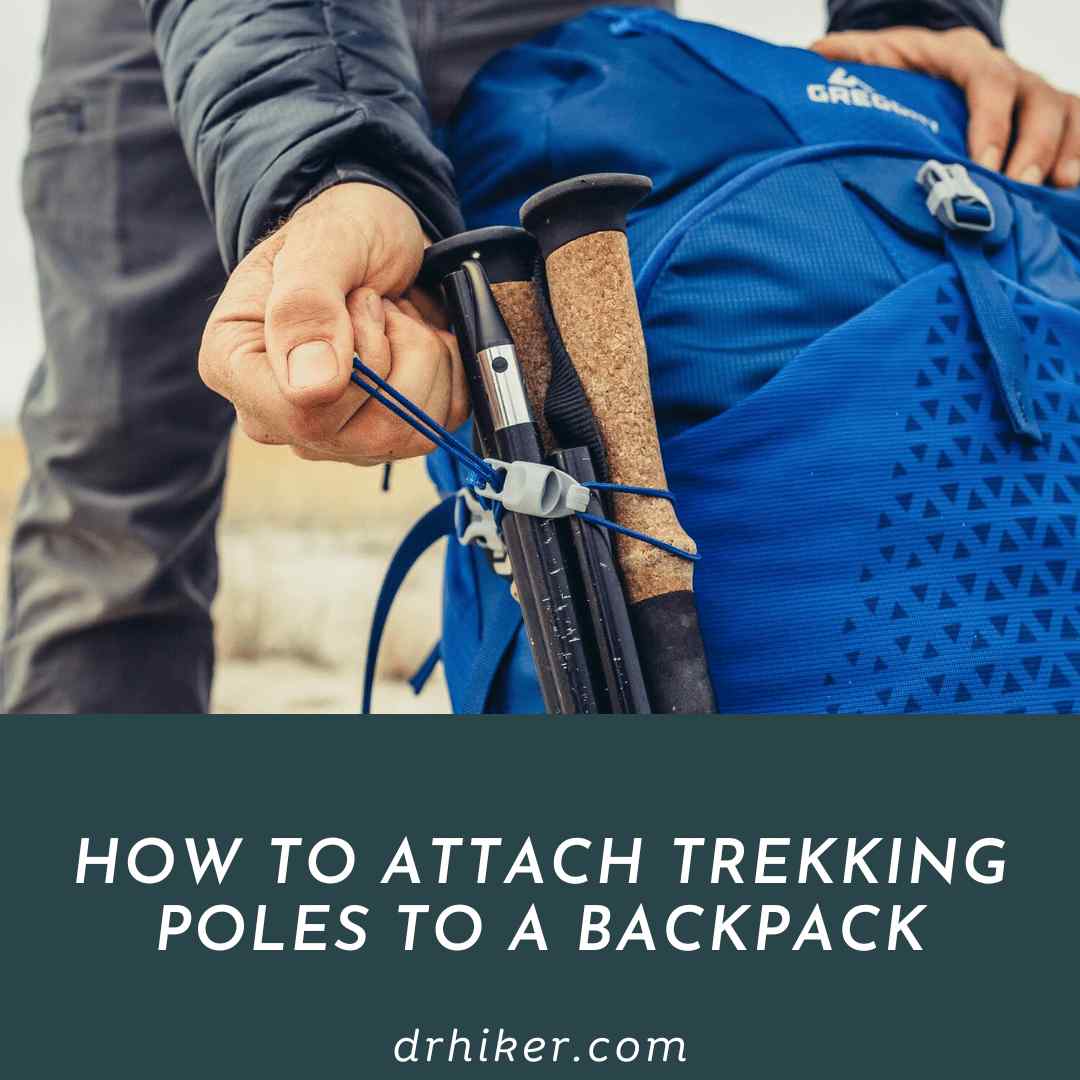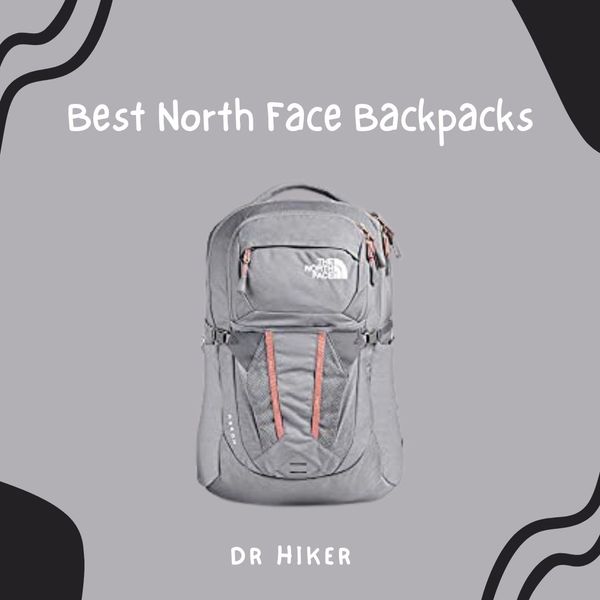Are you tired of your poles getting in the way or falling off your backpack?
Fear not, we've got you covered!
In this guide, we'll show you some easy and creative ways to attach your trekking poles to your backpack. It will make them easily accessible when you need them. Plus, they will be out of the way when you don't.

So, whether you're planning a day hike or a multi-day backpacking trip, read on. You will learn how to attach your trekking poles to your backpack securely.
How To Attach Trekking Poles? - Step-By-Step Guide

Attaching trekking poles to a backpack is a useful skill for outdoor enthusiasts. Here's a simple guide to help you:
Step 01: Prepare your backpack
Ensure that your backpack has appropriate attachments or loops. These are usually located on the sides or near the bottom of the pack.

Step 02: Adjust the poles
Before attaching the poles, adjust them to a suitable length. Consider your comfort or the terrain you'll be hiking on.

Step 03: Collapse the poles
Collapse or fold your trekking poles to make them compact. In this way, they will be easy to attach to your backpack.
Step 04: Locate the attachment points
Identify the loops or straps on your backpack. It is the point where you can secure the trekking poles. These can be elastic cords, webbing straps, or dedicated pole holders.

Step 05: Insert the poles
Slide the collapsed trekking poles into the attachment points on your backpack. Make sure they are secure and won't come loose.
Step 06: Check stability
Give your backpack a gentle shake. Test walk to ensure the poles are securely attached and won't interfere with your movements or balance.

Practice attaching and detaching your trekking poles to your backpack before heading out on a hike. This will help you become familiar with the process and ensure a secure setup.
Things to Consider to Avoid Mistakes When Attaching Trekking Poles to a Backpack
You can attach trekking poles to a backpack in several ways. It depends on your backpack’s design and the type of trekking poles you have.
Every method is easy to use and gives you balance and stability.
Here are some general steps to guide you toward a hassle-free and enjoyable outdoor experience:

Use External Gear Loops or Daisy Chains
If your backpack doesn't have specific attachment points for Trekking poles, you can use external gear loops or daisy chains to attach them.
- Gear loops or daisy chains are typically located outside of the backpack. Use them to attach various gear, including Trekking poles.
- Thread the poles through the loops or daisy chains and secure them with straps or clips.
Utilize Adjustable Straps or Bungee Cords
Another option is to use adjustable straps or bungee cords to secure the Trekking poles to the outside of your backpack.
Wrap the straps or cords around the poles and backpack, then tighten them to hold them in place.
Adjust the tension of the attachment points as needed. It will ensure the trekking poles are securely attached to the backpack. They will not easily come loose during your trekking activity.
Consider Using a Dedicated Pole Attachment System
Some backpacks have dedicated pole attachment systems, such as external pockets or sleeves. These are specifically designed to hold Trekking poles.
With these systems, you can see hooks, clips, or straps that allow you to attach and secure the poles easily.
Test the Stability and Balance
Once you've attached the Trekking poles to your backpack, ensure they are secure and won't easily come loose during outdoor activities.

Plus, check the balance and stability of your backpack with the attached Trekking poles to ensure they won't affect your comfort or movement.
Keep in mind different backpacks and poles may have unique attachment methods. So check the user manual if available.
It's also good to practice attaching and detaching the poles before heading out on your outdoor adventure. This way, you can ensure you are familiar with the process.
Mistakes to Avoid When Attacking Trekking Poles to Your Backpack
When it comes to attaching trekking poles to your backpack, there are some common mistakes that backpackers and hikers often make.
These mistakes may result in discomfort, safety hazards, and inconvenience. You should be aware of these mistakes if you want a hassle-free and smooth trekking experience. See some common mistakes to avoid:
Not Securing the Poles Properly
If you fail to secure the trekking poles properly to your backpack, this can result in the poles falling off during your hike.
They may get lost or damage your gear. Follow the manufacturer's instructions for attaching the poles securely to your backpack.
Attaching the Poles in a Way that Obstructs Movement
Another mistake is attaching the trekking poles in a way that obstructs your movement or affects your balance.
For example, if the poles are attached too low, they may hit the back of your legs while walking. It will cause discomfort or interfere with your stride.
Make sure to attach the poles at a height that allows you to move freely and comfortably.
Overloading the Attachment Points
Trekking poles are designed to support your weight while hiking but are not meant to carry heavy loads.
Avoid overloading the attachment points on your backpack with too much weight. This can strain the poles and cause them to break or become less effective.
Distribute the weight evenly and avoid attaching heavy gear or equipment to the trekking poles.
Not checking for the Stability
It's important to check the stability of the trekking poles once they are attached to your backpack.
Give them a gentle tug to ensure they are securely in place and won't come loose during your hike.
If they feel loose or unstable, readjust and secure them properly before setting off on your trek.
Ignoring the Terrain
Different terrains may require different attachment methods for trekking poles. For example, if you're hiking through dense vegetation, you may need to attach the poles differently.
Always consider the terrain and adjust the attachment of your trekking poles accordingly. It will ensure they are secure and won't get caught by obstacles or hinder your movement.







